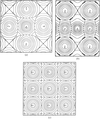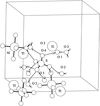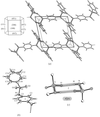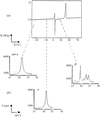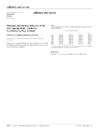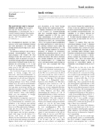issue contents
April 2000 issue

Cover illustration: Perspective view of the structure of the complex of 2,4,6-tris- (4-chlorophenoxy)-1,3,5-triazine with tribromobenzene, determined by neutron diffraction. Courtesy of J. A. K. Howard & C. K. Broder (University of Durham, UK), G. R. Desiraju, A. Nangia & R. K. R. Jetti (University of Hyderabad, India), C. C. Wilson & D. A. Keen (Rutherford Appleton Laboratory, Chilton, UK).
research papers






























addenda and errata

book reviews



 journal menu
journal menu














